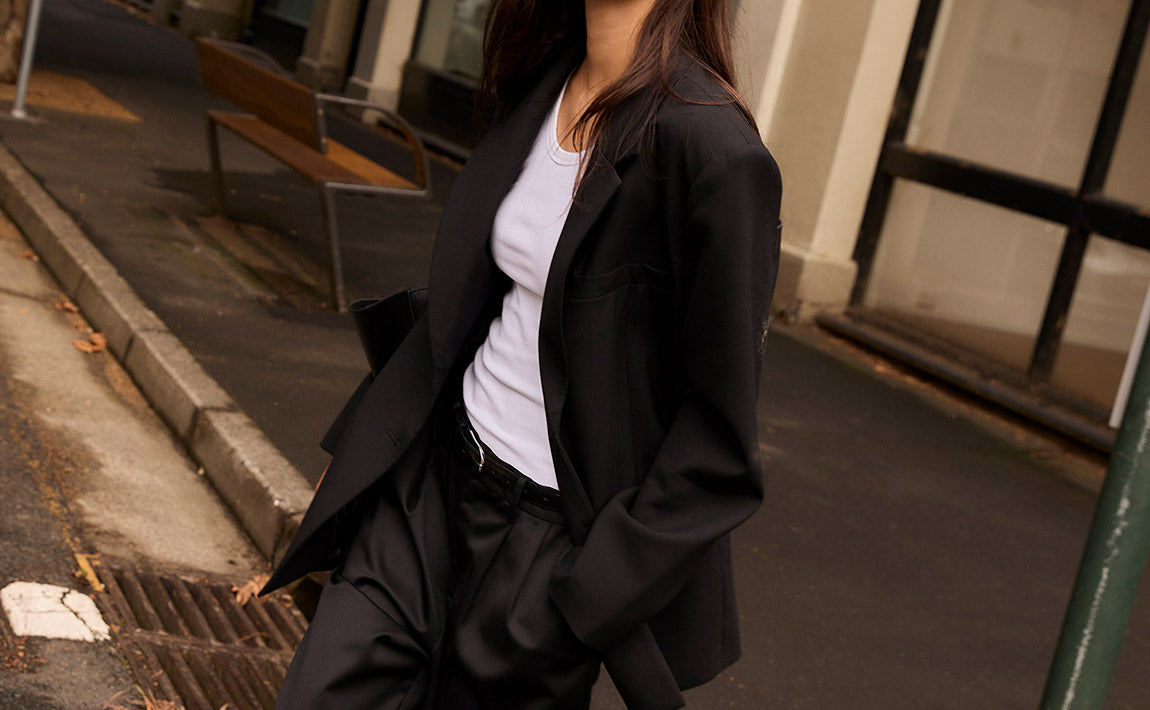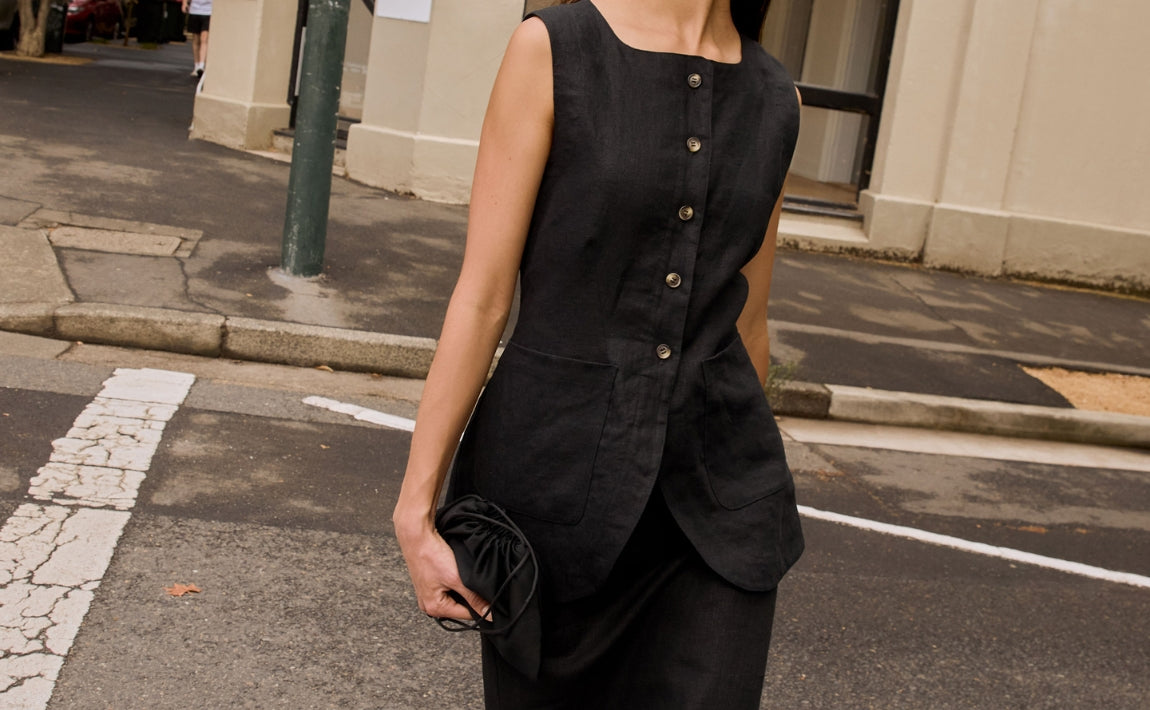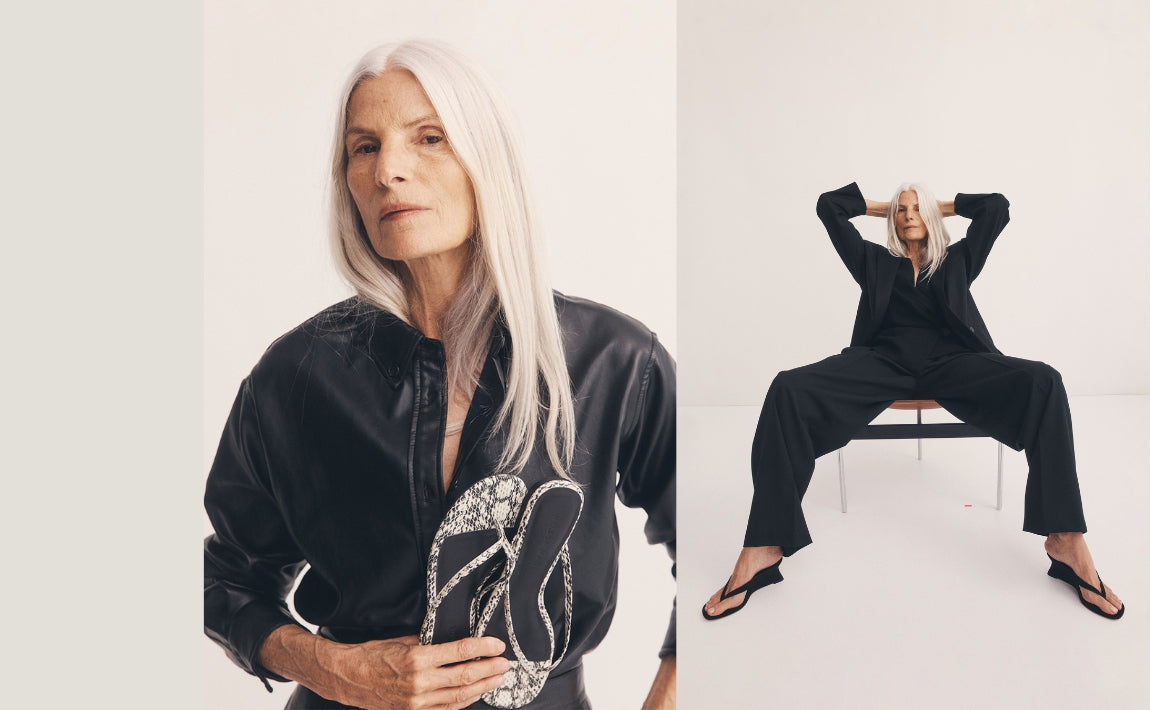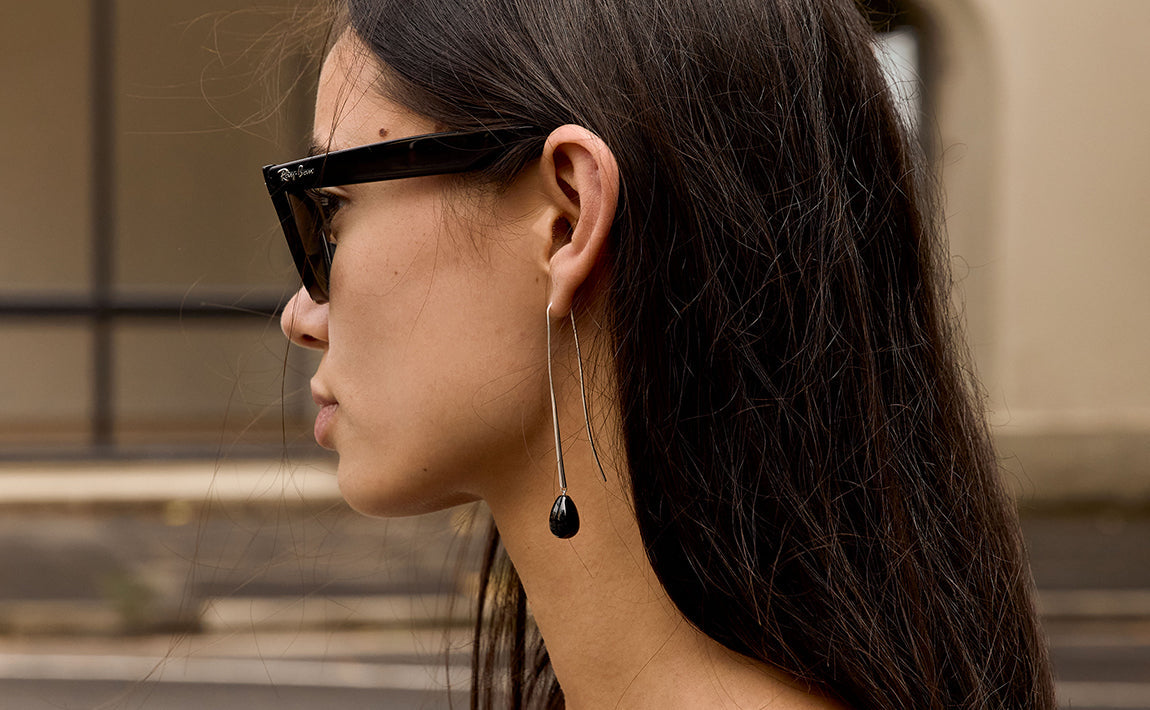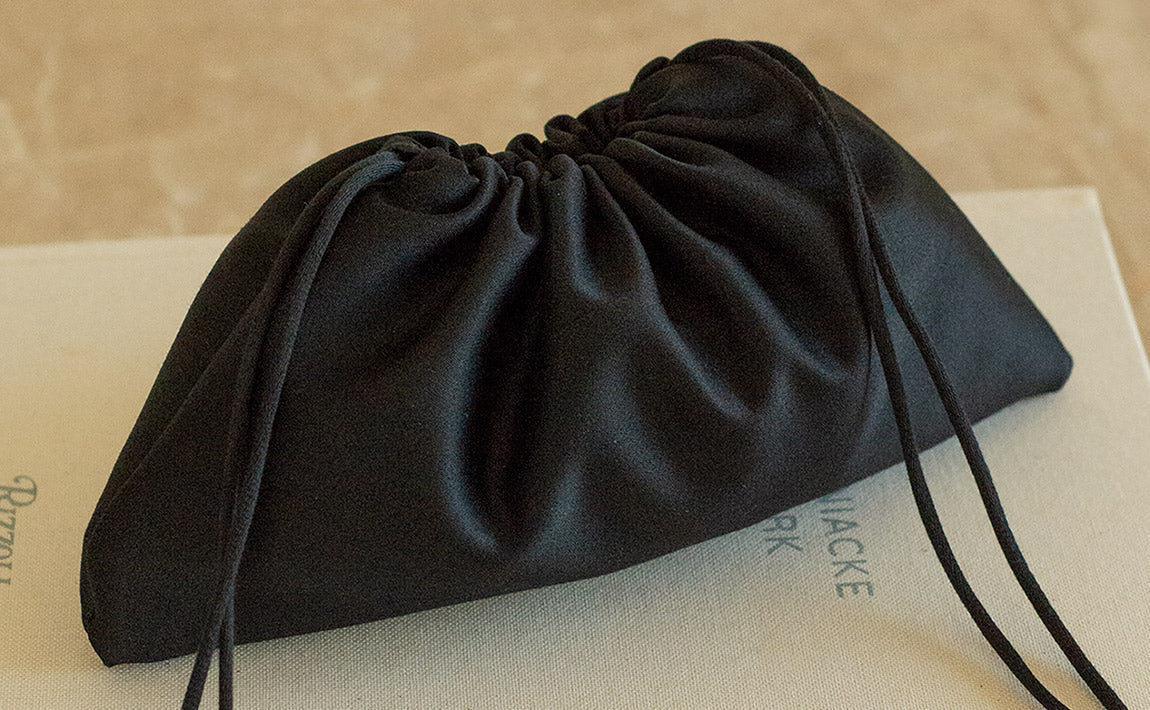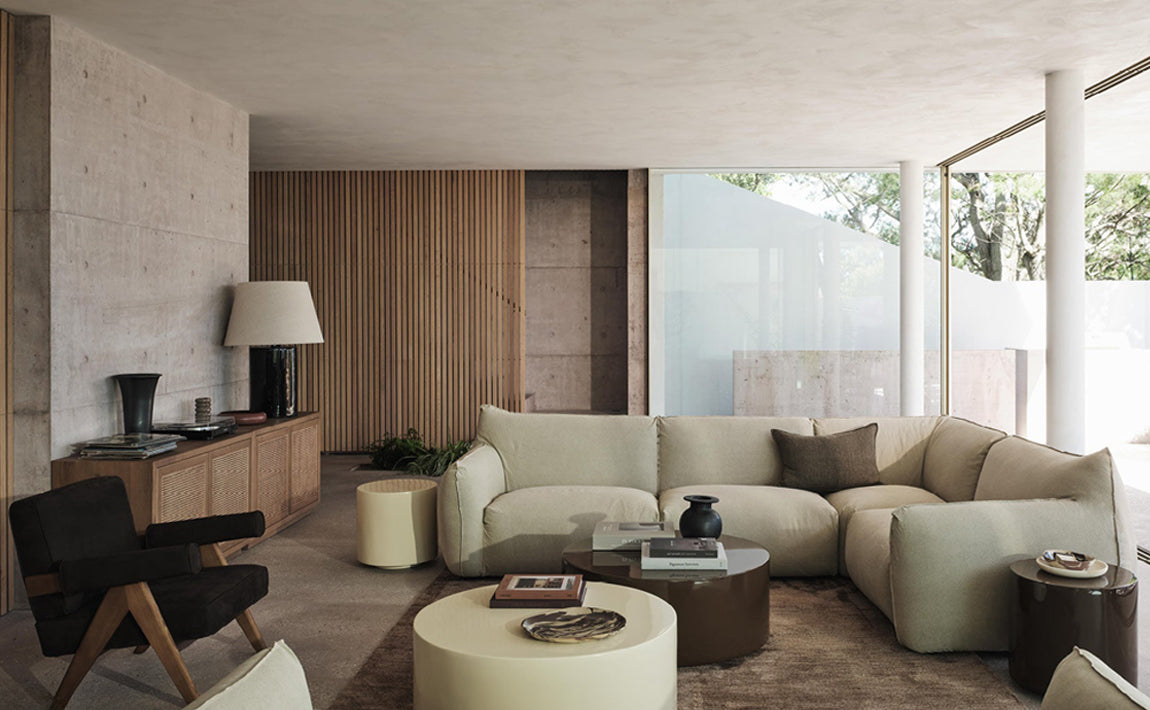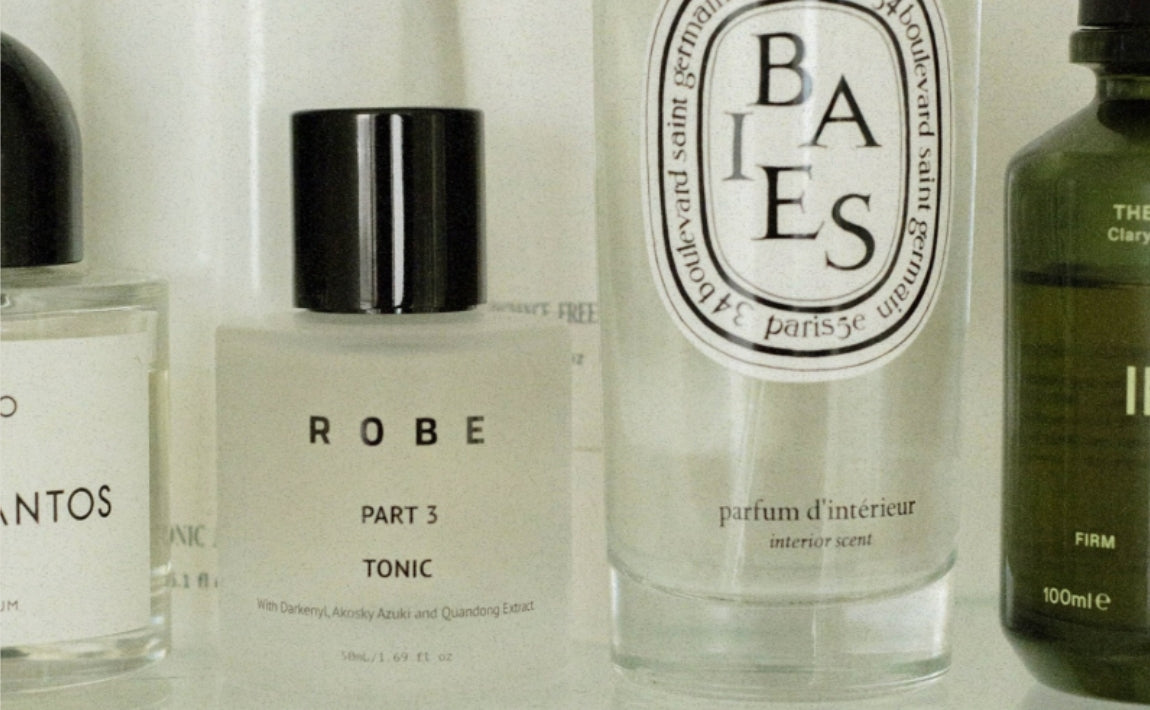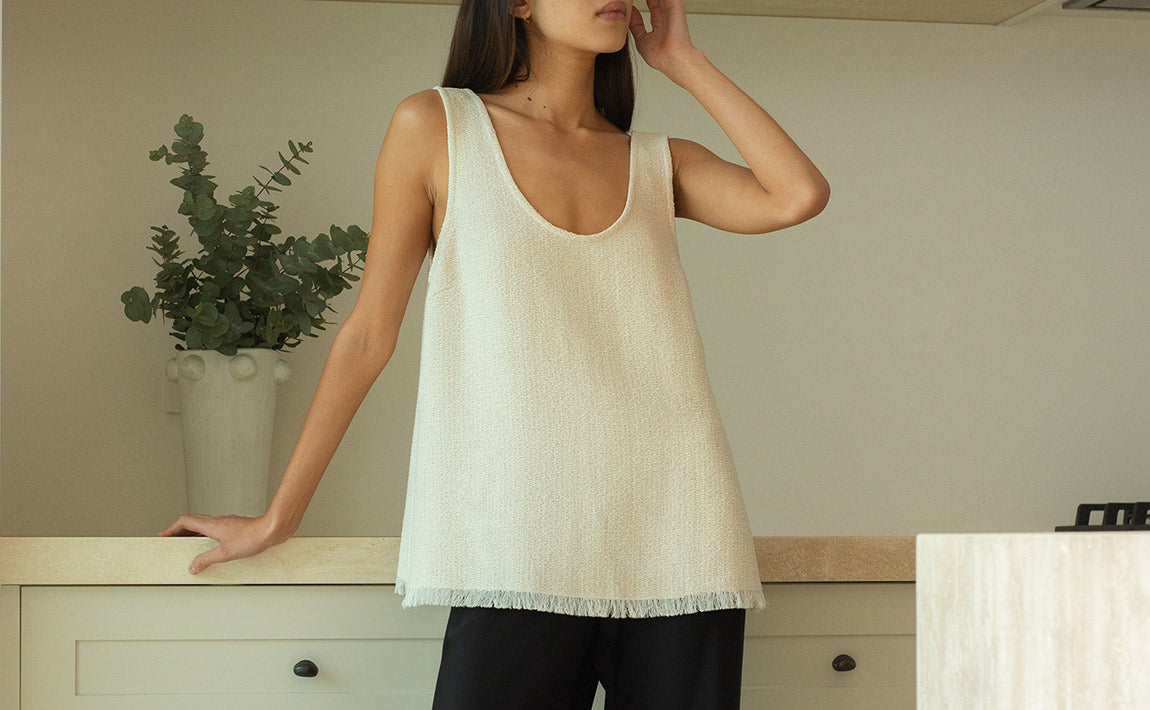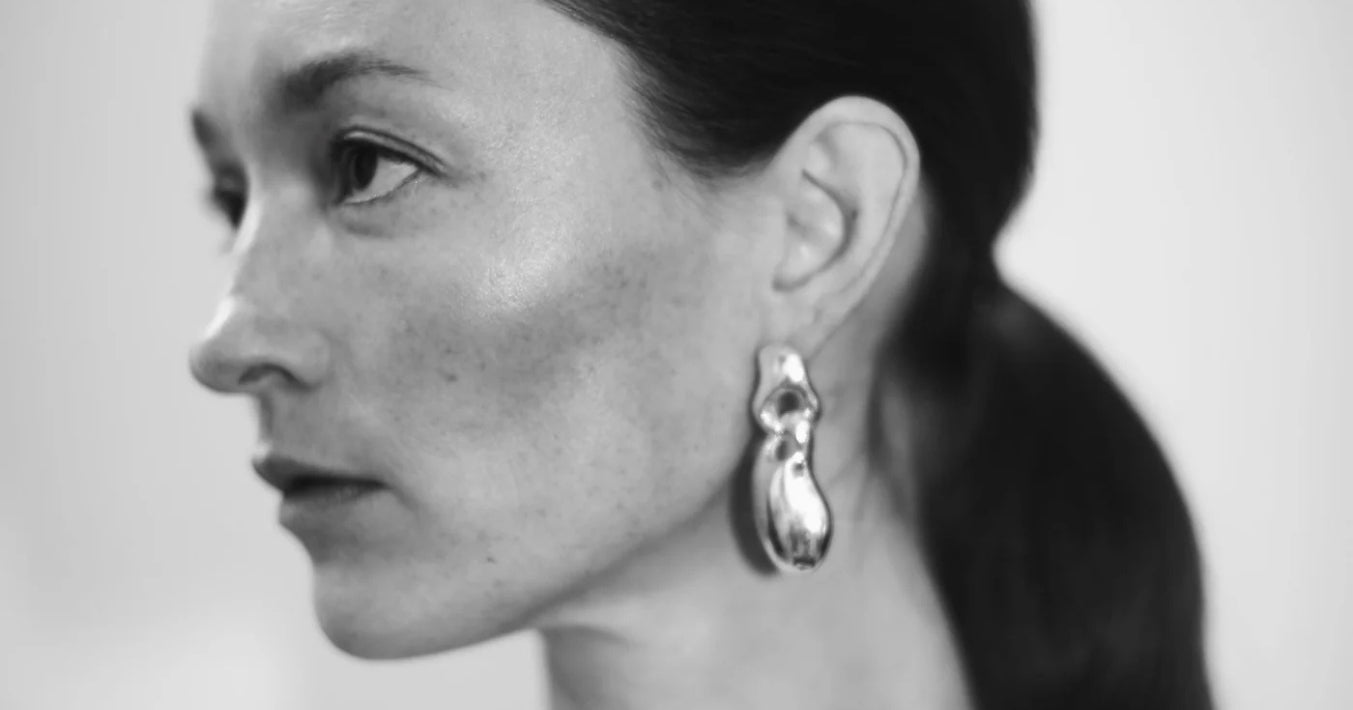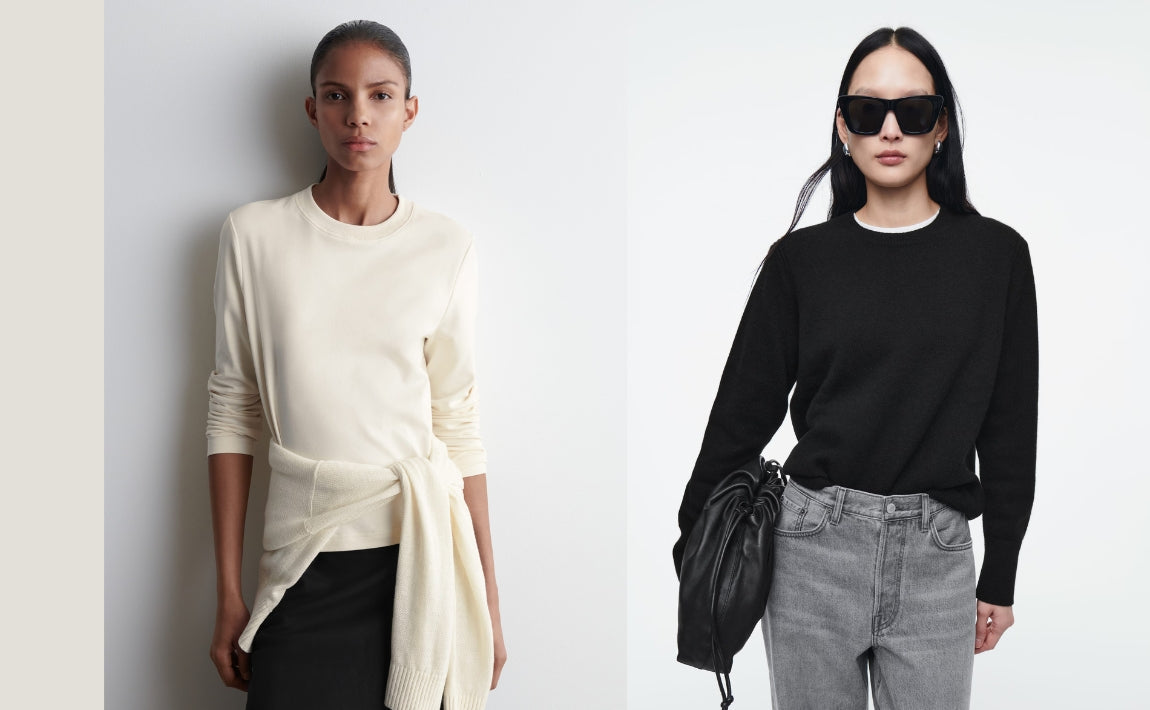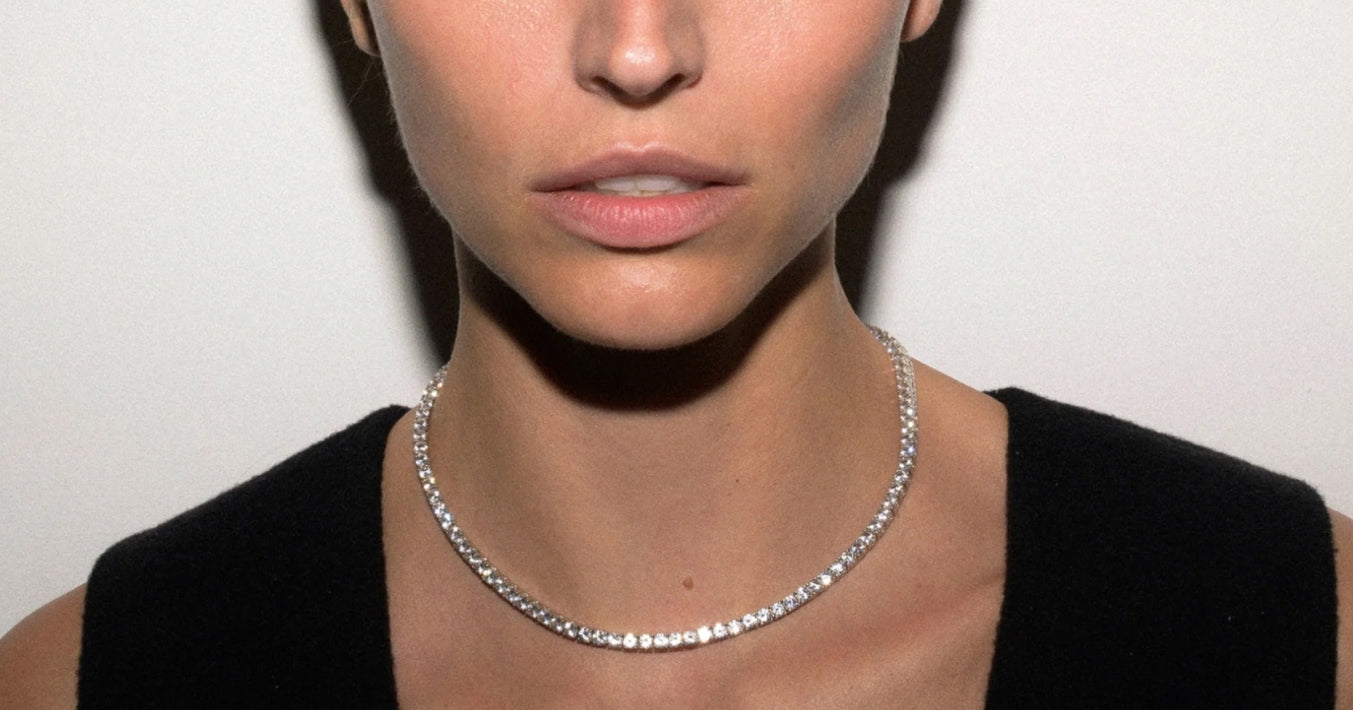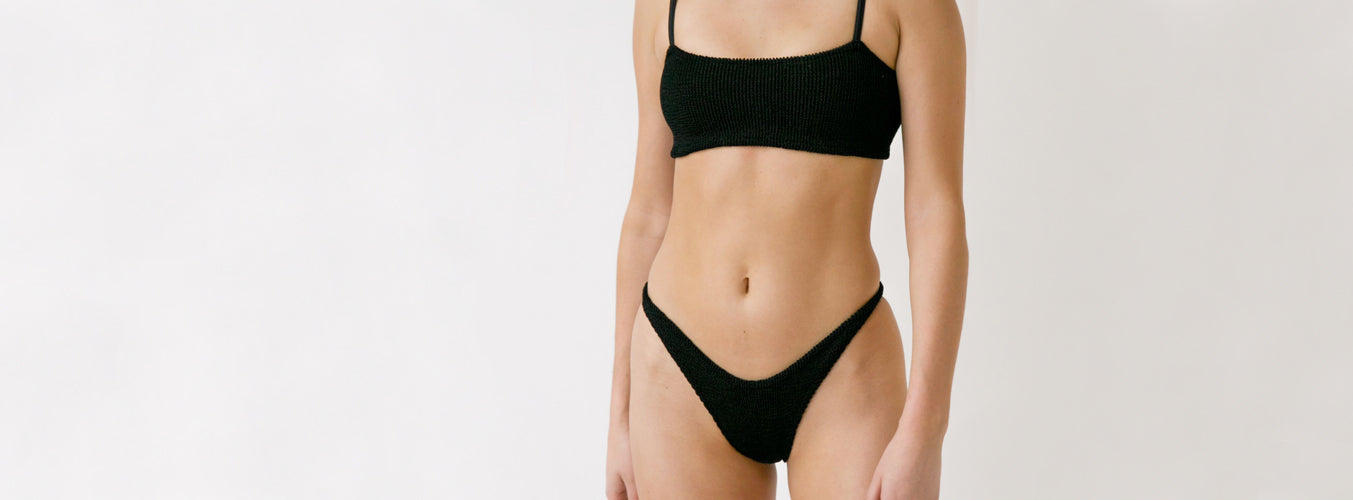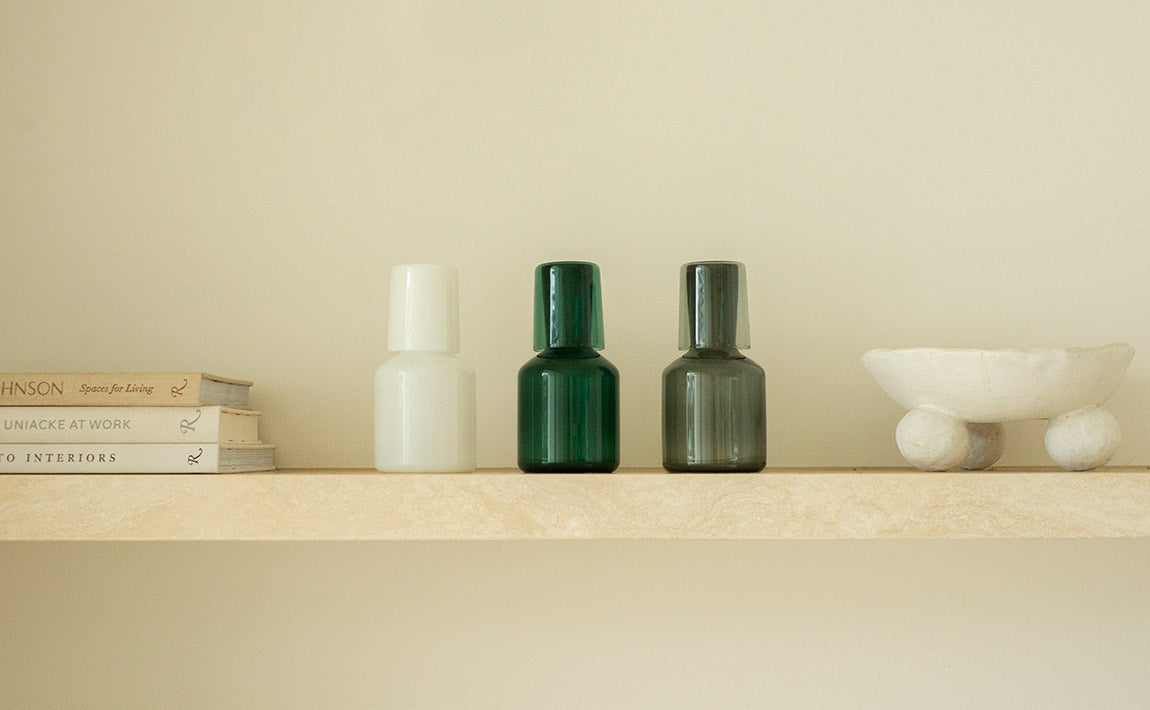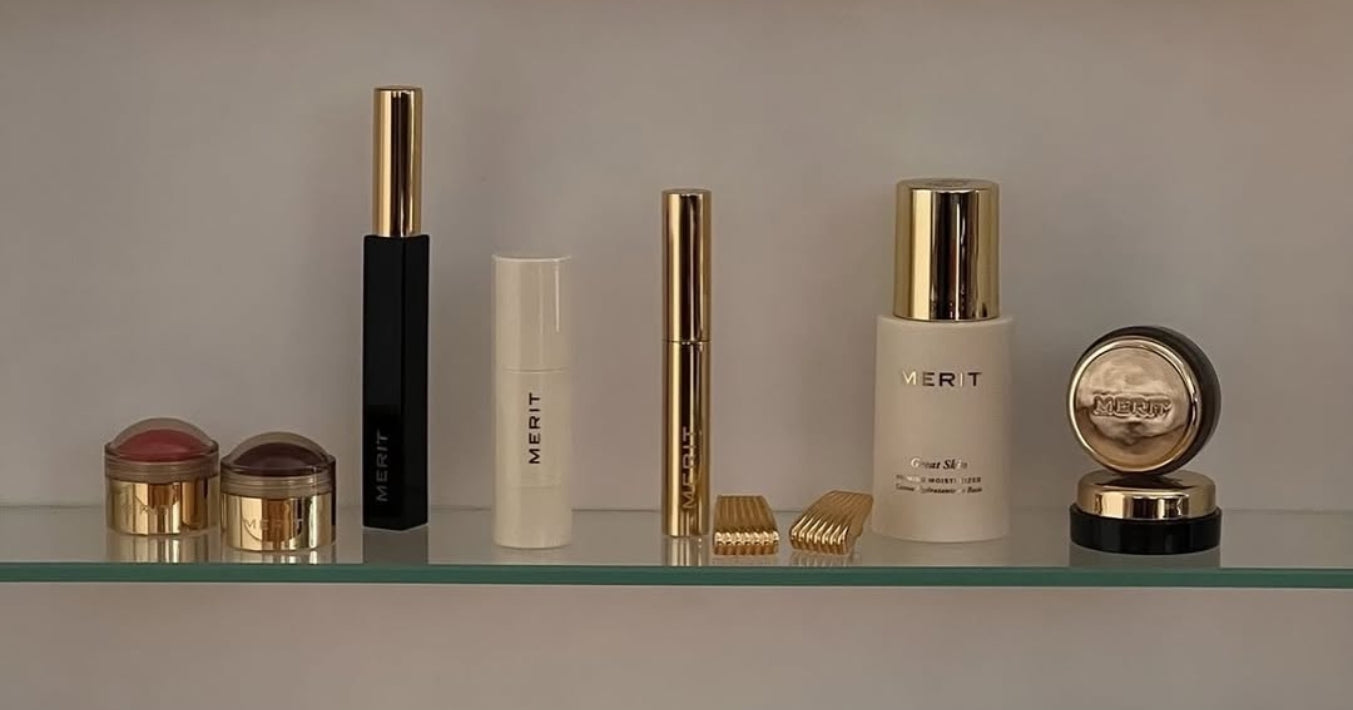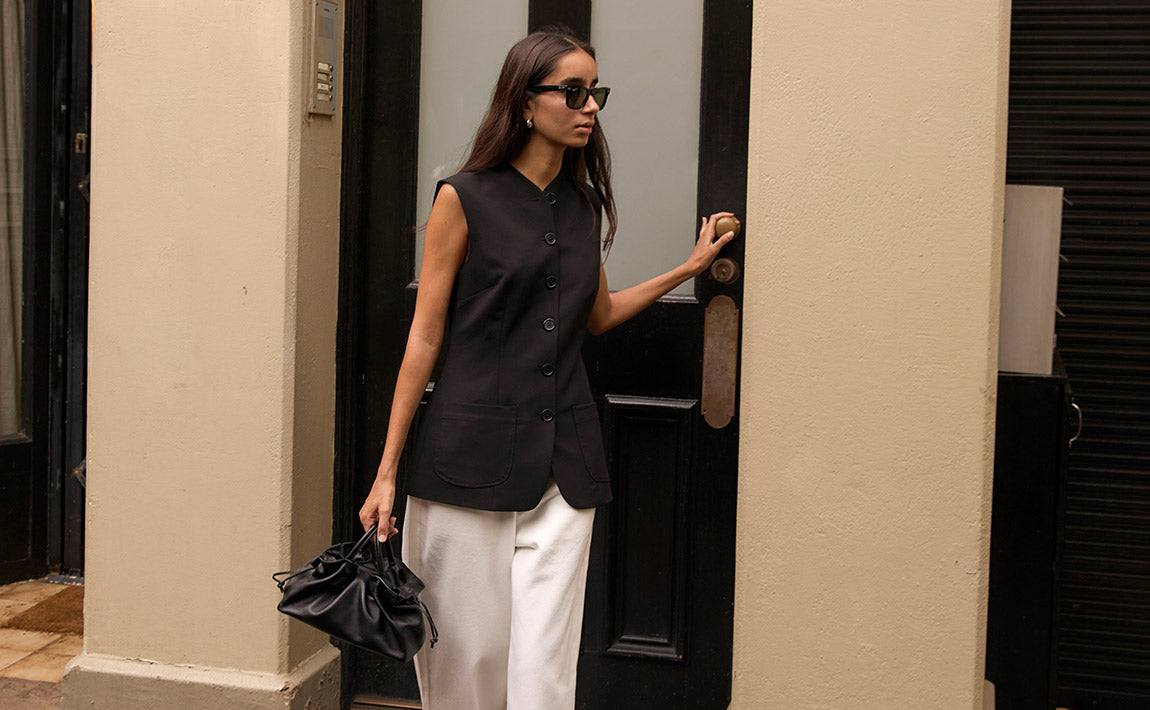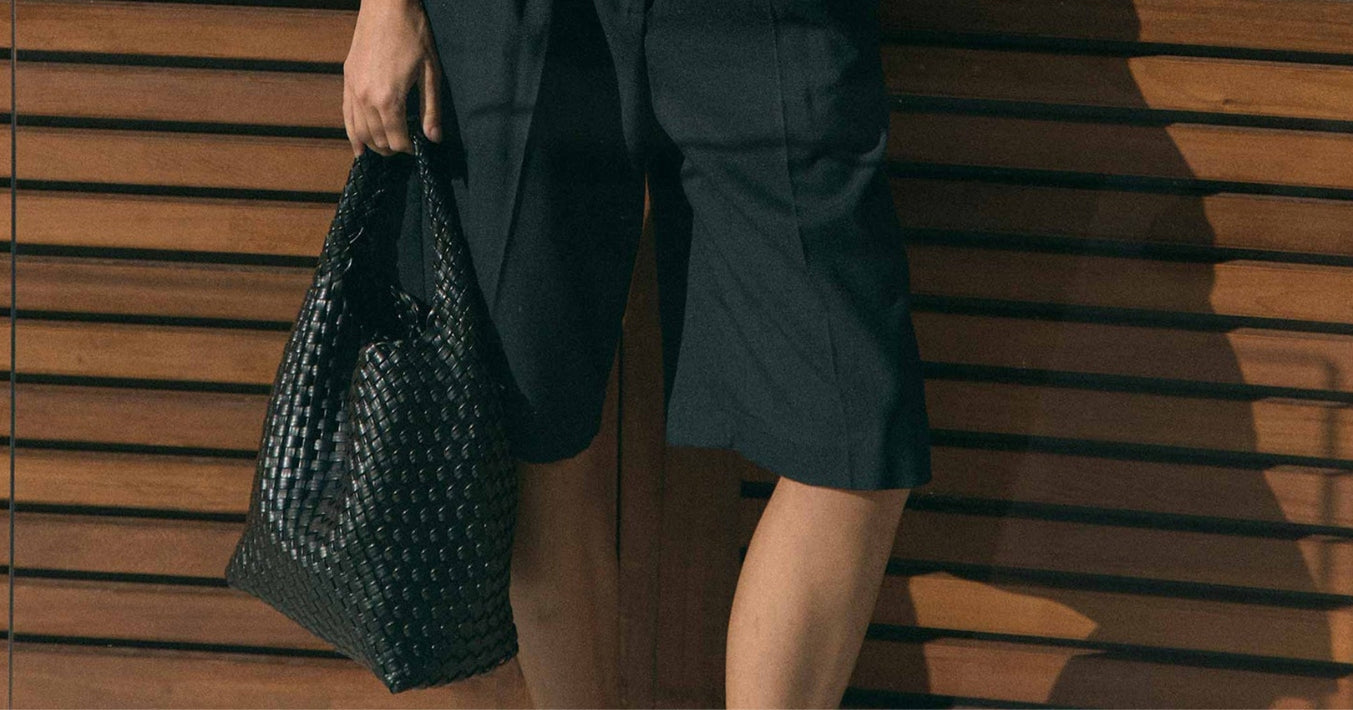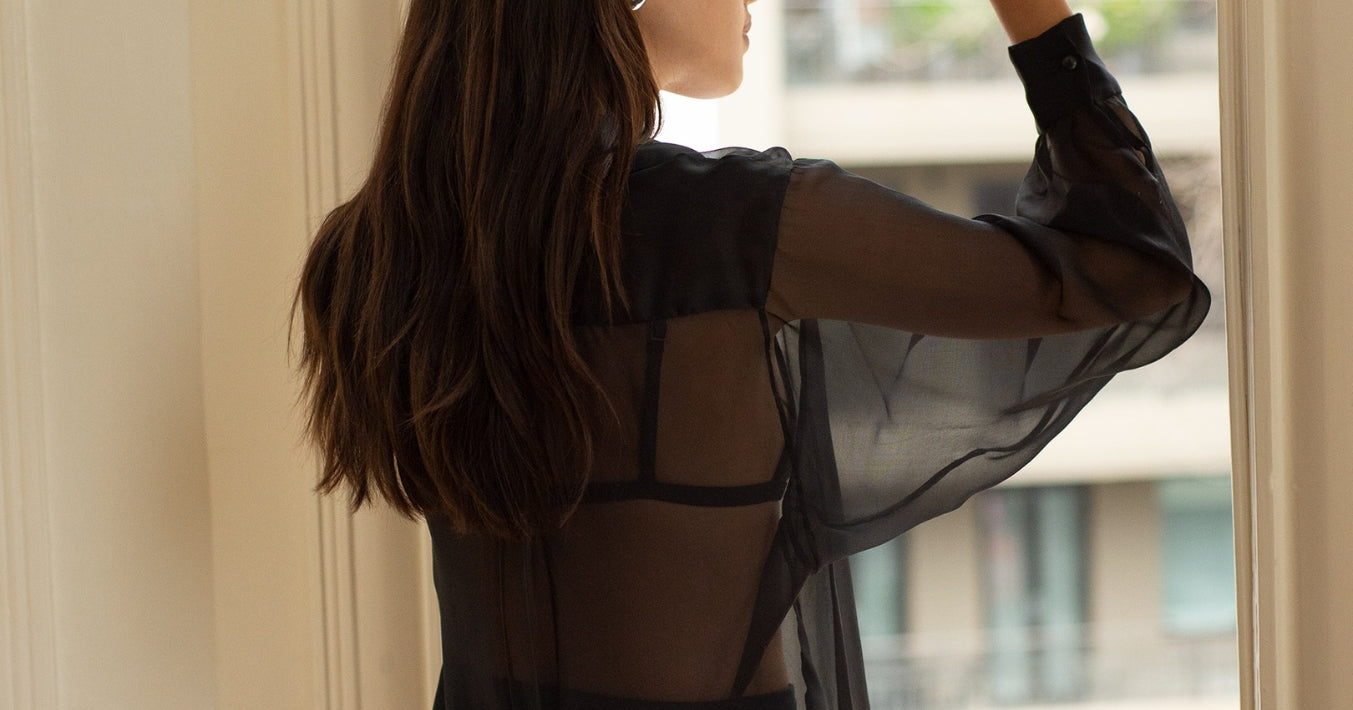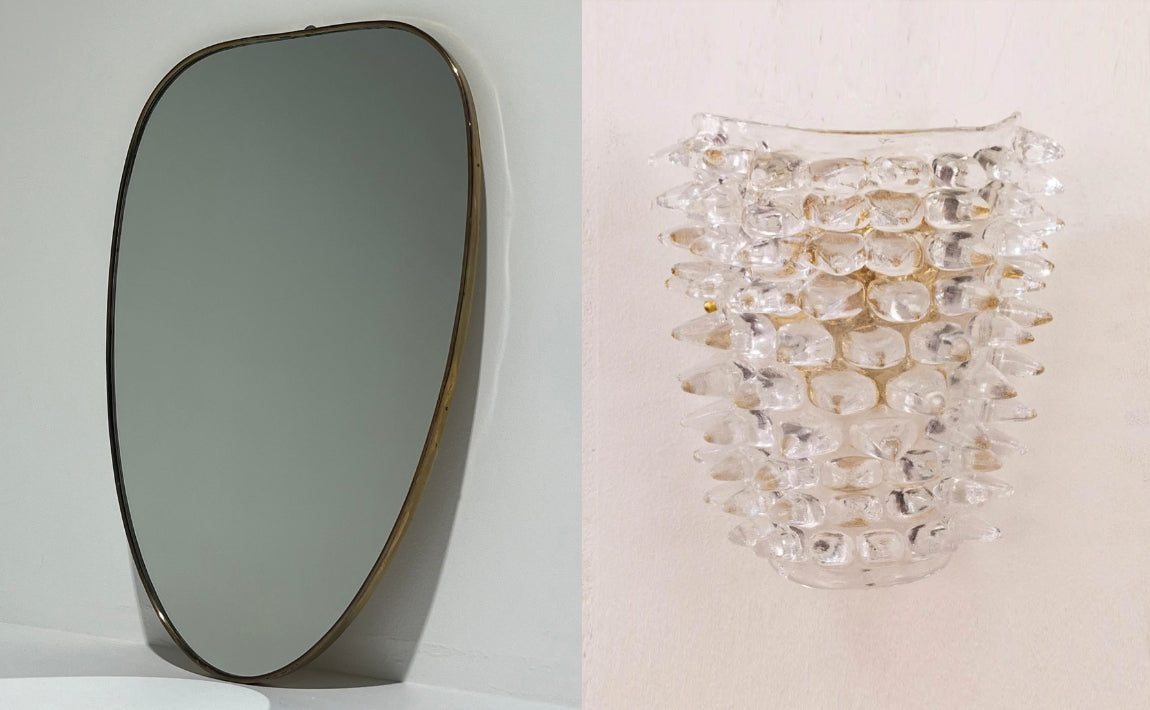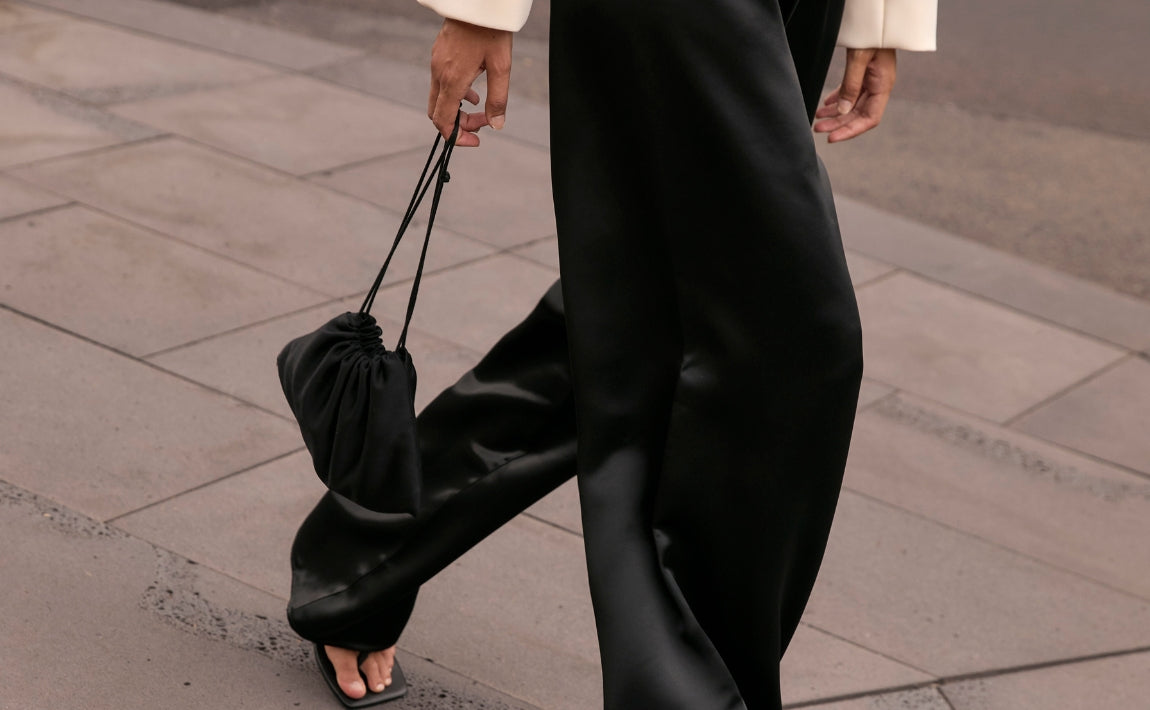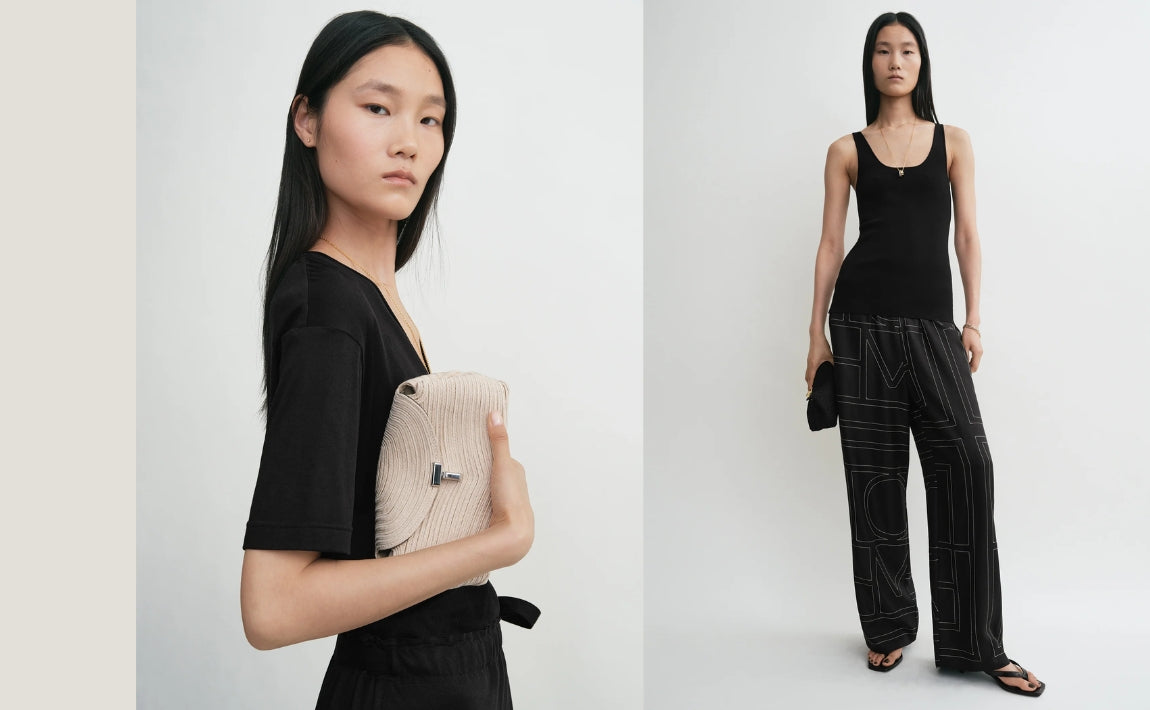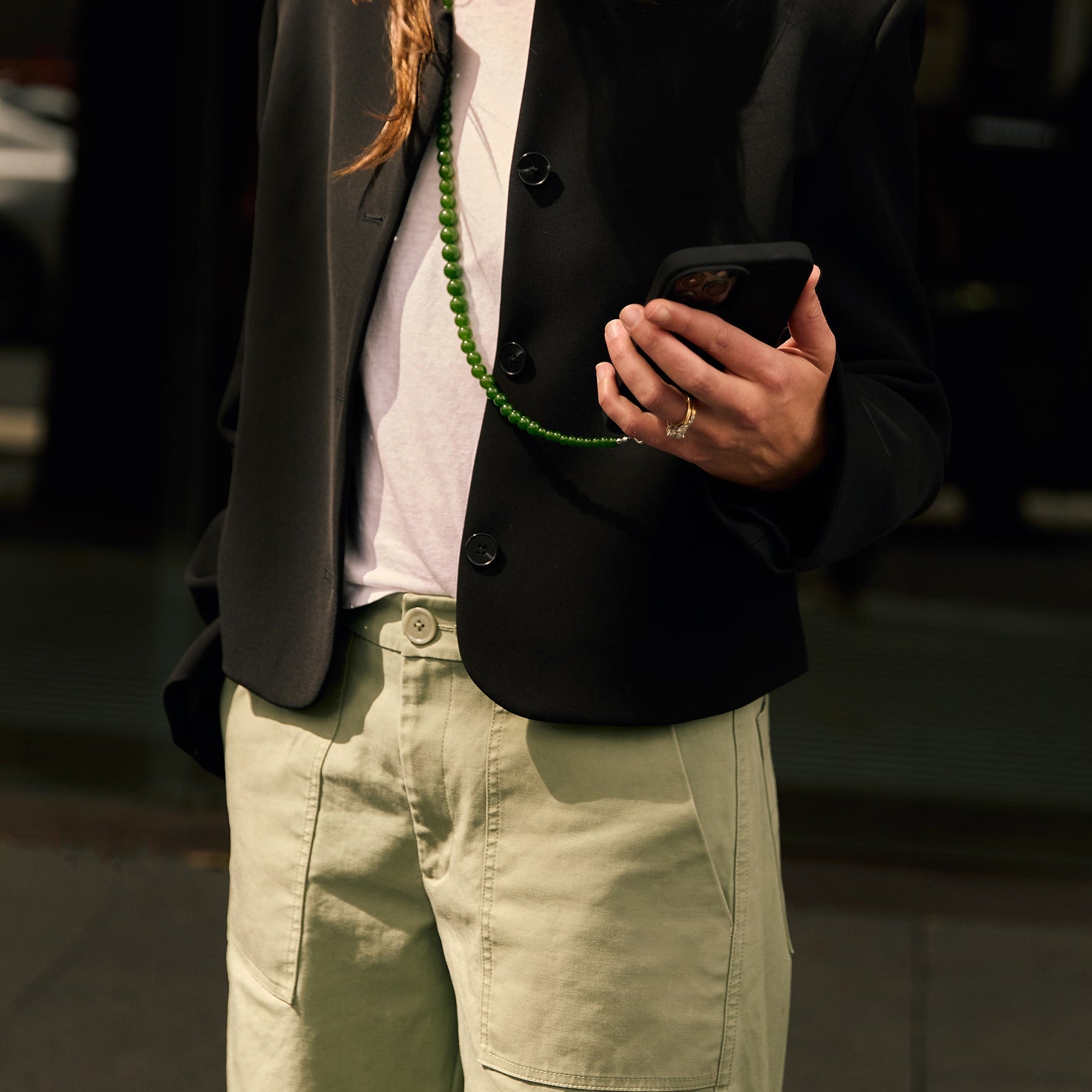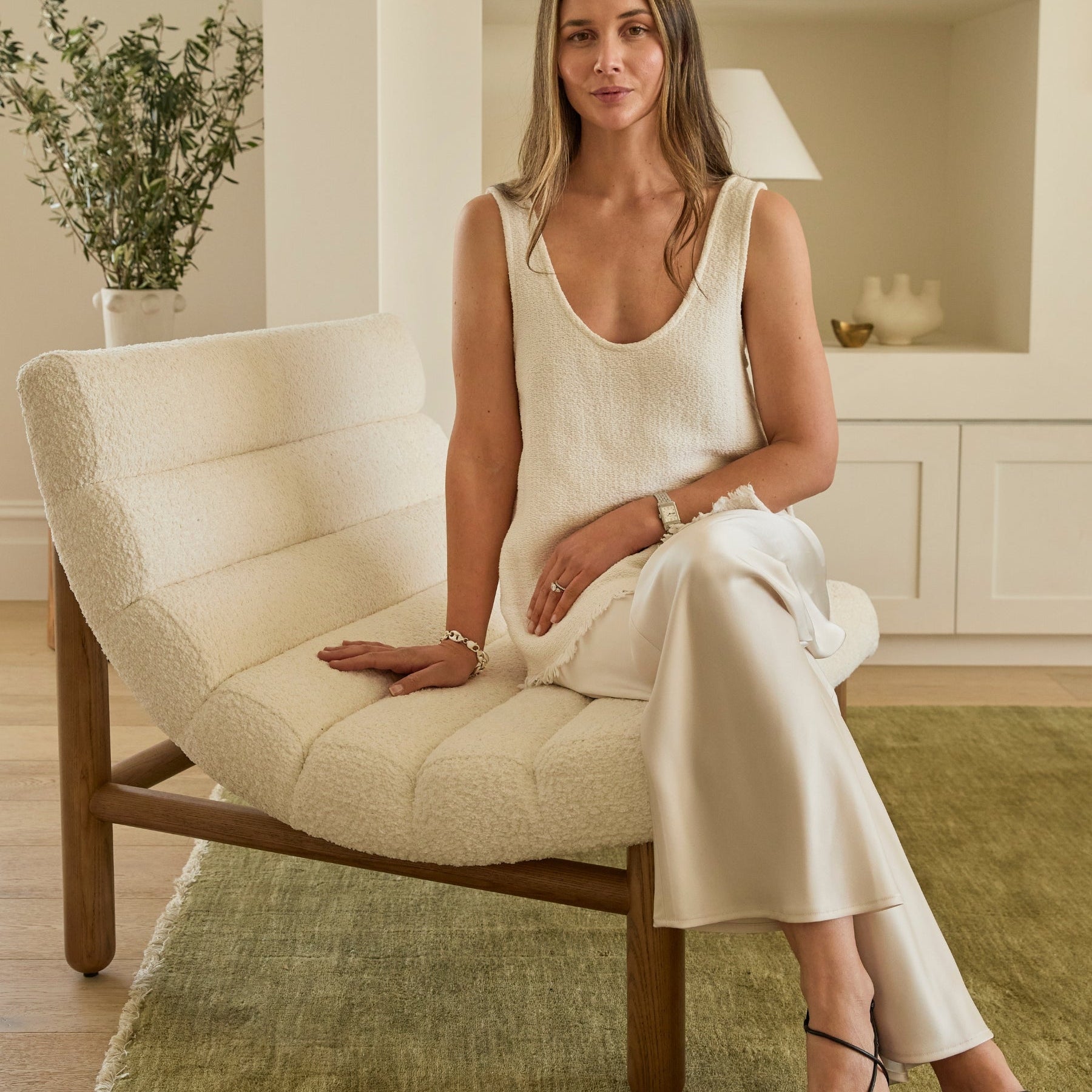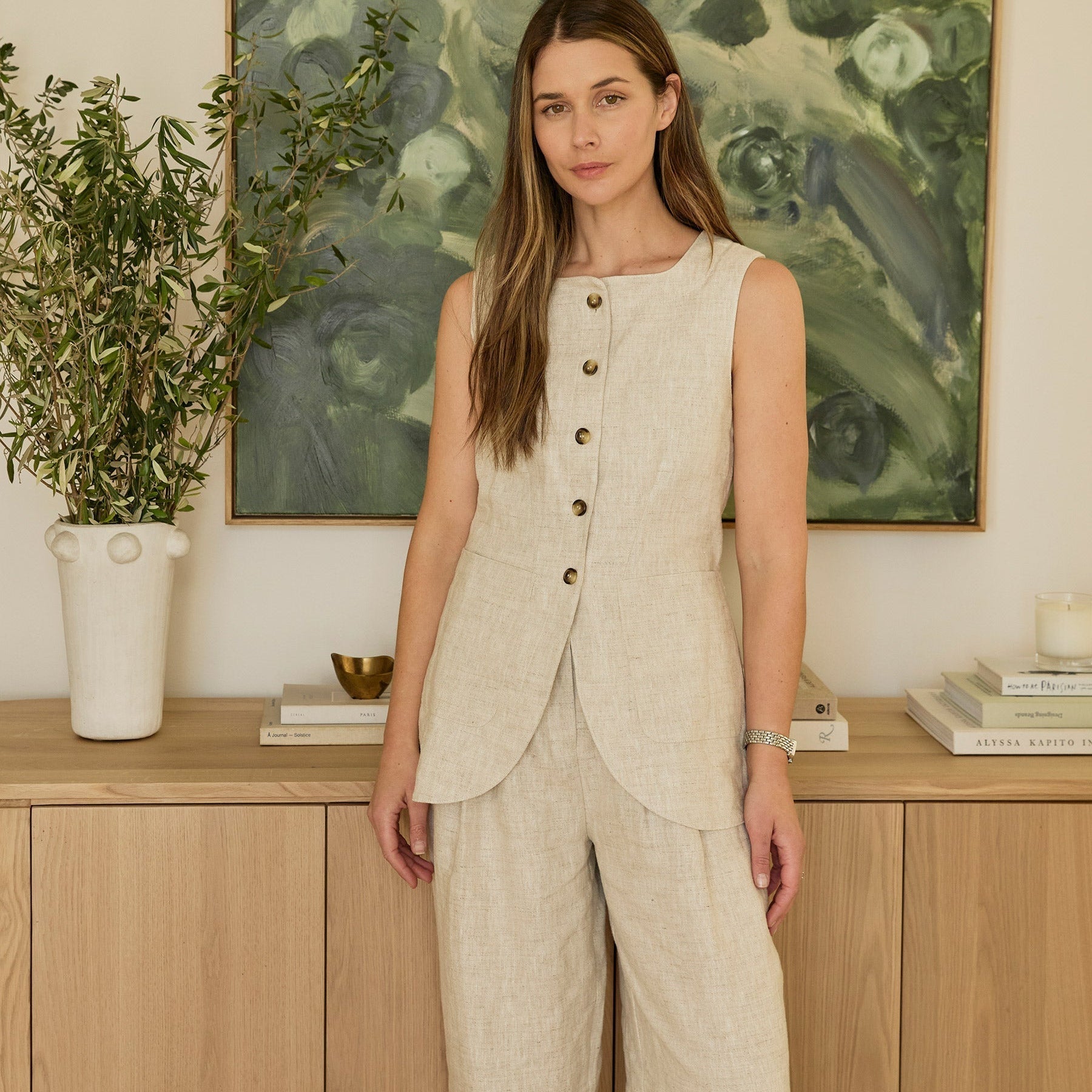Meet our Contributor: Danielle Gay
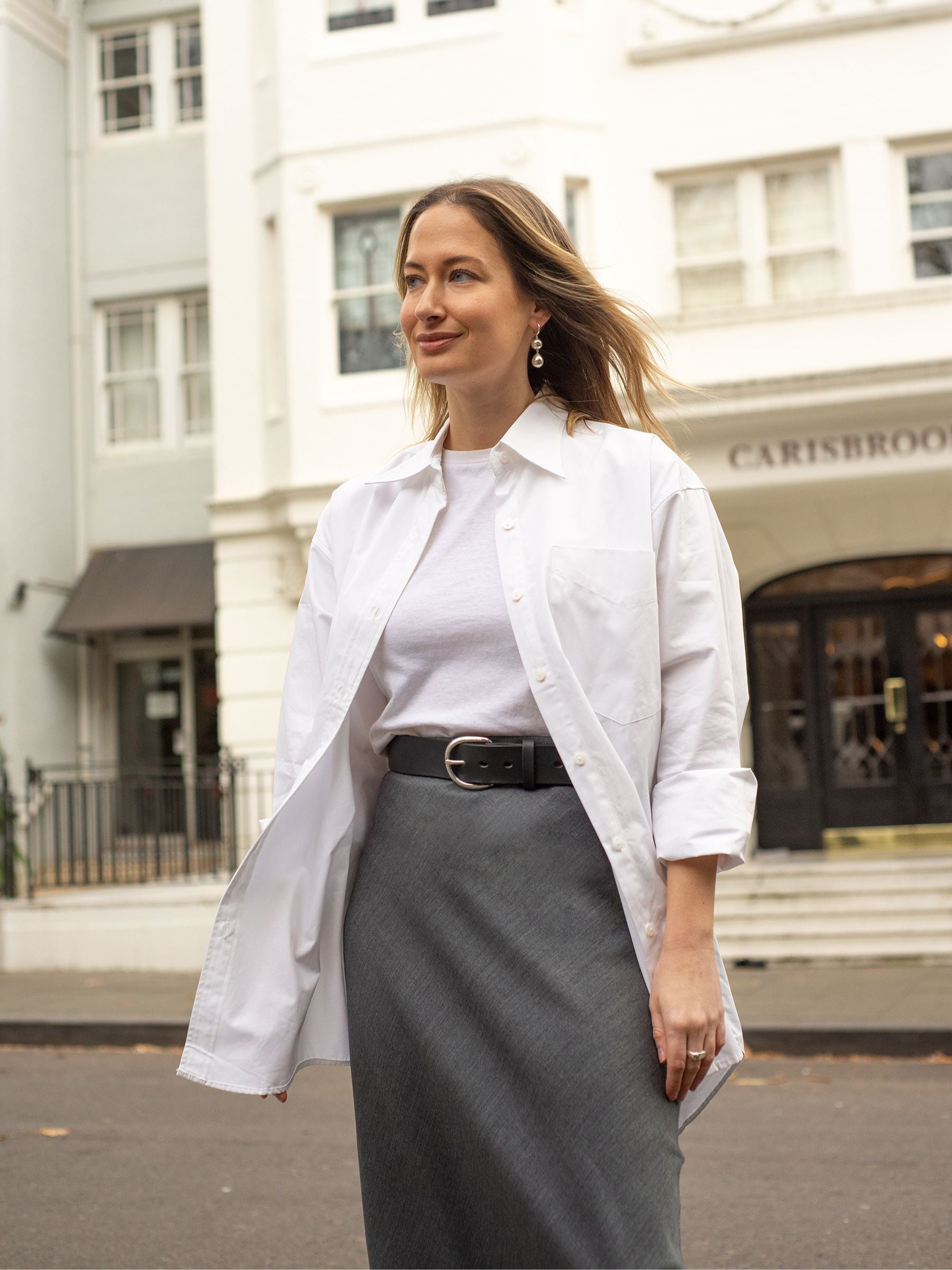
We welcome journalist, writer and creator Danielle Gay as a theUNDONE contributor. With a career history in digital media at some the most respected titles in Australia, Danielle shares what it takes for a media business to succeed, how to grow on Substack and shares her biggest lessons from working in publishing.
Tell us a bit about yourself! Where did you grow up, what did you study (if at all), and what path — both professional and personal — brought you to where you are today?
I grew up on the NSW Central Coast, an or so hour from Sydney. I’m not sure what it was about growing up in this space—the ocean, the sand, the relaxed lifestyle—that fostered a sense of creativity but a lot of fellow creators call it home too (Nicole Warne, Eleanor Pendleton and Elle Ferguson to name a few). Perhaps it was something about growing up in a smaller town and therefore craving an outlet that offered a different way of thinking about the world, but I started buying fashion magazines at a very young age. What struck me then and now, was how I always wanted to read them. I loved flicking through the photographs taken backstage at the international runways, but I also wanted to sit with the long reads: the culture pages, pieces about women’s lives, current affairs. It was all so interesting to me.
Professionally—and personally—my path felt very linear up until recently. I studied journalism at the University of Technology, Sydney, and my first job out of graduation was as the personal assistant to the Editor-in-Chief of Vogue, Edwina McCann. As you can imagine, it was a dream job for someone who grew up wanting to work at a magazine. I vividly remember feeling as if everything was falling into place.
I worked as McCann’s assistant for two years, learning everything I could about how the industry worked. Being an assistant is not a glamorous job (there are some truths to The Devil Wears Prada) but it gives you a front-row seat to the backend of a magazine. I learned about editorial, advertising and marketing, while also networking with everyone in the industry (when you organise the diary of the Editor-in-Chief of Vogue, you really have no idea who you’ll meet next). It was a defining role because it taught me from the very beginning of my career that elusive truth: at the end of the day, a magazine is a business.
From there, I worked my way up to Digital Editor and eventually Head of Brand over the course of six years. In 2021, I made the leap over to Gritty Pretty as Editor of the (now shuttered) local beauty and lifestyle publication. Being the editor of a magazine wasn’t what you think—it was even better, and I adored the brand and the talented team that worked for me. I knew I had finally arrived at the place I was always meant to be: I had the career, I was engaged to marry my partner, and everything was working out how it was supposed to.
But the universe had other plans. My would-be marriage collapsed months before the wedding and so did my sense of identity. I started writing about it all on my Substack, Reservations, which has become somewhat of a living memoir; a newsletter about dating, love and relationships. The response was incredible and immediate. People told me how grateful they were to find it: there simply isn’t a resource out there for women going through a life-shattering breakup and then putting themselves back together. Now it’s evolved into a popular weekly newsletter, a community, and a book club, where women can talk about everything from breakup sex to how to recover from a divorce.
All of this led me to where I am now: working as a freelance journalist, writer and creator, and continuing to help women feel seen on Reservations, throughout the breakup and beyond.

You’ve spent a great deal of your career working for some of the biggest local and international publications, from Gritty Pretty to Vogue. What drew your interest to media?
Magazines were my first great love and it’s a love that remains. There was never a question that I would do anything else. Growing up, I would frequent my local newsagency, buying every international Vogue, as well as magazines like ID and Nylon, and I especially loved the New York Magazine for their seasonal trend reports. These magazines provided a glimpse into a world that felt far removed from the place I was growing up. I loved magazines, and I wanted to work for one, and I would—it really was as simple as that.
Once I actually landed in the magazine world—via an internship at Vogue—I began to get more strategic: okay, what kind of job did I want in media? I interned at a time when Vogue was only beginning to invest in digital; at the time, there was only one full-time employee, Zara Wong (who funnily enough, also runs her own Substack now). This was the early 2010s and the Vogue.com.au team was growing before my eyes. I loved watching how they would adapt global news locally, always retaining the brand’s renowned editorial authority. I watched Instagram arrive, and Snapchat; newsletters went from a weekly send to every day. It was all happening so fast and I loved the idea that I could now expect instant updates from the world of fashion and beauty, the world I loved so much. I managed to land a full-time job as Edwina McCann’s assistant and two years into the role she asked me what job I wanted next? I told her I wanted to work in digital, so she promoted me to digital writer at Vogue.com.au and that’s really when I found my place in the industry.
Many tell those wanting to enter publishing to be wary, warning them of heightened competition and limited jobs, a message that has gotten louder over the years with international titles coming and going— what do you say to those who relay these cautionary tales, and what is one great reason someone should pursue a career in media? And if you could do it all again, would you do it the same?
It’s true that there aren’t unlimited roles in media; the industry is finite. Ad dollars are down, magazines are closing, and editors appear few and far between. But on the other hand, we’ve seen the return of magazines like Elle and Cosmopolitan, digital teams consistently expand, and publishers find inventive new ways to increase ad spend, such as through experiential advertising. Over the past decade, I’ve seen the industry adapt and build momentum in unexpected ways.
So, my advice to people is to look for your passion. It’s important to be discerning about the reality of the media industry but at the same time, what kind of career do you want to have? Starting out in magazines has shaped who I am as a journalist, writer and editor. If I could do it all over again, I wouldn’t change a thing.
From someone who has worked in media over the course of several years, what does it take for a media business to succeed?
I think it comes down to understanding the power and influence of the brand, and evolving your content opportunities in real time to reflect this. The most successful media companies are the ones who can adapt to the audience’s changing appetite for content in a way that honours what the brand actually stands for.
What are some of the biggest lessons you’ve taken from working in publishing?
Attention to detail: a good editor has a laser-like focus and is able to see things that others miss. I think something else that I imbibed is an audience-first approach—I am always thinking of content through the lens of the audience. What are their needs? What do they want? How can my brand deliver on this? Also, in terms of my writing, precision. When you’re writing for a magazine, there’s a sense of economy in the words: you get given a certain amount of space to write to and you can’t go over that. It simply won’t fit on the page. So my writing style is informed by that; it’s precise, there’s an economy to it. You learn to dig for the jewel and highlight it, elevate it; whether you’re writing about a serum, a shoe or self-identity.

You have your own Substack, Reservations, a beautifully written and transparent newsletter about dating, relationships, love and loss. What are your thoughts about this new medium, the subscriber business model and what it takes to stand out and retain an audience in this rapidly growing platform.
I could see the industry shifting toward a subscription model back when I was at Vogue. There was a lot of talk about how to get the audience to “pay and stay”. What this didn’t account for was how rapidly the audience would start to cater those subscriptions to their individual preferences. I think this is what Substack offers as a medium: niche content. More than ever, people want content that speaks directly to them. For instance, people tend to find Reservations when they’re going through a breakup, as a way to make sense of what’s ahead. I think that’s the reason why as a medium, Substack is growing rapidly—people only want to pay for content that’s uniquely tailored to their interests. Its paid subscriber base increased to 3 million from 2 million in the past year alone, which is really exciting. I’ve loved being an early adopter of the platform.
In terms of tips for success, I’d say three things:
- Consistency. Decide on a cadence for publishing and stick to it. Newsletters are like podcasts, in that the audience wants to know when they can expect it. I send my newsletter every Thursday at 5.30pm without fail. I think this consistency has contributed to my success on the platform.
- Build up a list of free readers first. When I started out, all of my content was free. I waited until I had an audience before implementing a paywall. This meant people actually knew what they were getting when choosing to become a paid subscriber.
- Think about it as a brand. You need a name, visuals, a voice, a style. Get really clear on who you are and what you’re offering. At the centre of the brand is the newsletter you send, but it needs to be so much more than that.
How would you describe your personal style and how has it evolved and been influenced by your workplaces, if at all?
I’d describe my personal style as classic. I lean towards tailoring, with timeless silhouettes, and I avoid colour. I’d say the biggest influence on my personal style lately has been dating. Becoming suddenly single in my 30s for the first time in years, I really moved through big questions of self-identity. Who was I? What did I like to wear? Along the way, I’ve had to interrogate who I am dressing for. It’s taken me time to relearn how to dress purely for myself.
Between fashion, beauty, and interiors, where do you find yourself personally investing in the most and which makes the most impact on your mood?
Beauty. My background as a beauty editor has definitely influenced my investment in this space. I’ve cultivated a true love of skincare and makeup; I love how a great lip tint or a grown-up serum can totally transform how you feel.
What’s your process for adding new pieces into your wardrobe? (How often are you doing it? Is there a thought process you follow before investing?).
This is something I’m in constant relationship with. A past version of me didn’t put much thought towards how often I was consuming fashion, or what my intentions were when purchasing a new piece. Now, I invest only in timeless pieces that reflect my personal style: that way, I know I’ll wear them on high rotation. I actually want to adopt something like (fellow theUNDONE contributor) Lauren Trends’s advice of no more than twelve new items each year, which averages out to one a month. I’m thinking six might work best for me; a bi-monthly allowance. For now though, I’m in a period of taking an inventory of my wardrobe, so I’ve hit pause on new purchases for the rest of 2024. I want to work out what I really need before I implement any new rules.
What are 5 wardrobe essentials you couldn’t live without?
- A perfect white shirt
- A pair of black trousers
- A good skirt
- A straight leg denim jean
- Statement earrings that won’t date

